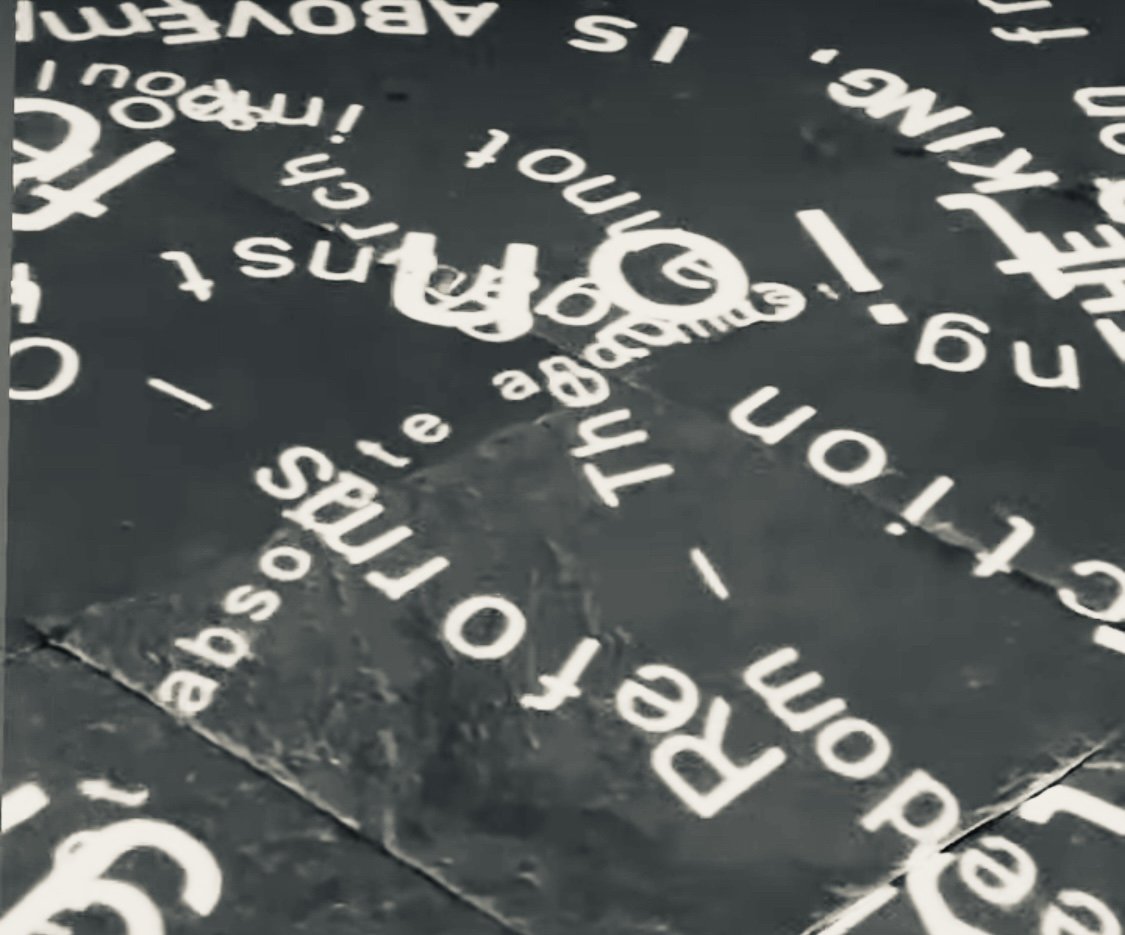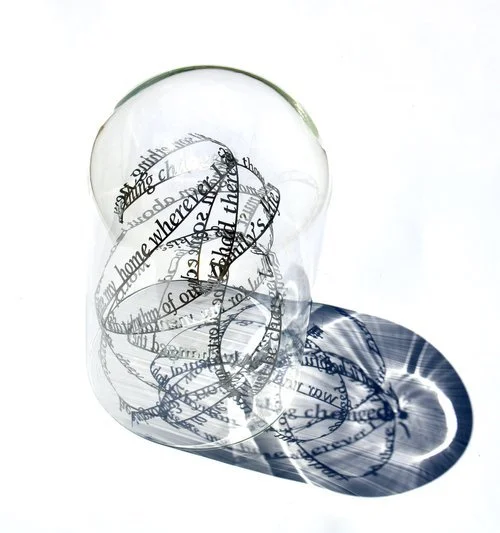"The world breaks everyone, and afterward, some are strong at the broken places." Ernest Hemingway

Last month I snipped up the Earth. Using a vintage print of the globe as seen from space, I trimmed 100s of small circles, which were then re-assembled as a hovering layer using sharp, delicate, tailors pins - and finally mounted inside a mirror-lined backpack.
This was one of the most interesting challenges I have been given this year - to create an artwork inside a children's Randoseru, or school backpack. These retro bags are commonly seen in Japan and a very iconic representation of childhood. I created the artwork as part of The Field TripProject - a travelling exhibition in Japan and Asia, which serves as a disaster relief, humanitarian, community building, and international exchange project. (Read more about the project here, or more about the artwork below.)


I aimed to give the impression of a delicate hovering, distorted surface layer, underneath which is a layer of knowledge and depth - sometimes indecipherable, other times clear - appearing between the cracks where the original image was dismantled.
The bag has been fitted with mirror, so that when the half-globe is mounted, it appears to be a suspended full globe. Behind the re-formed 'Earth' we glimpse ourselves, our world, and the surroundings reflected back to us. One of my inspirations was the Japanese tradition of repairing pots with gold - “kintsugi” or “kintsukuroi”.
Curtis Benzle tells it this way: “The story of Kintsugi may have begun in the late 15th century, when the shogun Ashikaga Yoshimasa sent a damaged Chinese tea bowl back to China to be fixed. It returned held together with ugly metal staples, launching Japanese craftsmen on a quest for a new form of repair that could make a broken piece look as good as new, or better. Japanese collectors developed such a taste for kintsugi that some were accused of deliberately breaking prized ceramics, just to have them mended in gold." The term “kintsugi” means ‘golden joinery’ in Japanese. A vessel fixed by kintsugi can often gain more preciousness and beauty than before it was fractured.
The artwork on it's long journey to Tokyo:

The Earth, cut into 100s of circular fragments: Artwork by Nicola Anthony
Music courtesy of: Gillicuddy, 'Adventure Darling'










